The history of the fortification of Victoria, BC goes all the way back to 1878 when the first muzzle loading batteries were built to defend Victoria and the Esquimalt Naval Base by the Royal Navy. While you may not be a history buff, Fort Rodd Hill National Historic Site is still well worth a visit and even if you’ve been before, go back and get reacquainted with this amazing treasure. The beautiful grounds with forest trails, beaches and rocky shorelines and spectacular views of the Juan de Fuca Straits make it a truly memorable adventure.
Fort Rodd Hill is worthy of taking some time to explore. A couple of hours can do it, but a few hours may be need for a more thorough exploration of all that it has to offer, so bring along a picnic lunch. Fort Rodd is one the best preserved and most complete examples of this kind of fortress in the world, consisting entirely of original structures, with minimal restoration. The Fort includes three gun batteries, defensive walls, underground magazines, command posts, guardhouses, barracks and searchlight emplacements. There are numerous interpretive signs and audio-visual stations, as well as period furnished rooms and friendly, knowledgeable staff. Visitors can explore gun batteries and underground magazines built over a century ago.
The History
Between the years of 1895-1897, new forts were built at Fort Rodd Hill, across the harbour from Esquimalt Naval Base, and Macaulay Point, which lies between Victoria harbour and Esquimalt Harbour. Both forts were built with 6” disappearing guns and since Fort Rodd Hill was relatively isolated at the time, its construction included defensive walls lined with rifle slits designed to repel land assaults until reinforcements could arrive from Esquimalt’s Work Point Barracks. In 1900, two 12-pounder quick firing guns were placed at the Belmont Battery to prevent small fast torpedo boats from slipping under the larger guns of the upper and lower batteries. During the Second World War, the old 12-pounders were replaced with twin-barrelled 6-pounder guns with a much higher rate of fire.
Search light Emplacement No 7, built in 1940 & restored to its wartime camoflage scheme as a fisherman’s hut. Don’t forget to look inside…the huge searchlight is still there.
Fort Rodd Hill continued in its defensive role through World War I and II and in the 50’s the calculation room, used for directing the guns at Mary Hill and Albert head, continued to be used as an anti-aircraft plotting room during the Cold War. The fortress was finally closed for the last time in July of 1956.
Go for the Nature
The grounds surrounding Fort Rodd Hill National Historic Site are spectacular, with an impressive Gary Oak ecosystem, spacious grassy areas and incredible views of Juan De Fuca Straits and Esquimalt Harbur. There is a short 15 minute ‘Historic Nature Trail’ which follows an old sentry path. It winds its way through lush shoreline woods and out to some beautiful view points overlooking the beaches below, and the Juan de Fuca Straits and Esquimalt Lagoon. There is also a ‘Gary Oak Learning Meadow’ where you can see many of the plants that make up this rare and endangered ecosystem. Along the trails and pathways there are lots of interpretive signs, not only explaining the historic highlights, but the natural features as well. Don’t wait for summer, any time of year can be spectacular!
Stay for the Views
Fisgard Lighthouse
One of the best known landmarks in Victoria and perhaps what attracts most people to Fort Rodd Hill, is the Fisgard Lighthouse. Fisgard is the oldest lighthouse on the west coast of Canada, completed in December of 1860. The lighthouse is still in operation, although the last lighthouse keeper rowed away in 1929 when it was still an island. A causeway now joins the lighthouse island to Fort Rodd Hill. The house, which is attached to the light tower, is open to the public and contains some interesting displays. The tower itself is not open to the public although you an look through the entrance at the impressive cast iron stairway spiraling up to the light.
Stay Overnight
For something really unique, you can take advantage of the exclusive right to stay overnight in Canada’s best preserved west coast artillery fort by renting one of Parks Canada’s oTENTiks, between May 15th and September 30th. Experience life within the fort’s walls as you fall asleep to the ocean and nature’s soothing sounds; and be taken back over 50 years ago when soldiers’ families inhabited Fort Rodd Hill during their summer camp-out. The oTENTik tents, are exclusive to Parks Canada and offer a unique blend of homey comfort and a taste of outdoor adventure. It’s a unique opportunity for visitors to enjoy camping with the comfort of a bed, inside the fort, already set up and ready to go. Parks Canada has been adding night lighting all around the fort and out to Fisgard Lighthouse, so night time adventures here will be better than ever! For more details and/or reservations contact: Parks Canada Reservations.
Inside an oTENTik – each oTENTik has a individual theme
Hours, Fees etc
Click this link:: Hours & Fees
How to Get To Fort Rodd Hill and Fisgard Lighthouse
Fort Rodd Hill and Fisgard Lighthouse are only a 20-25 minute drive from downtownVictoria.
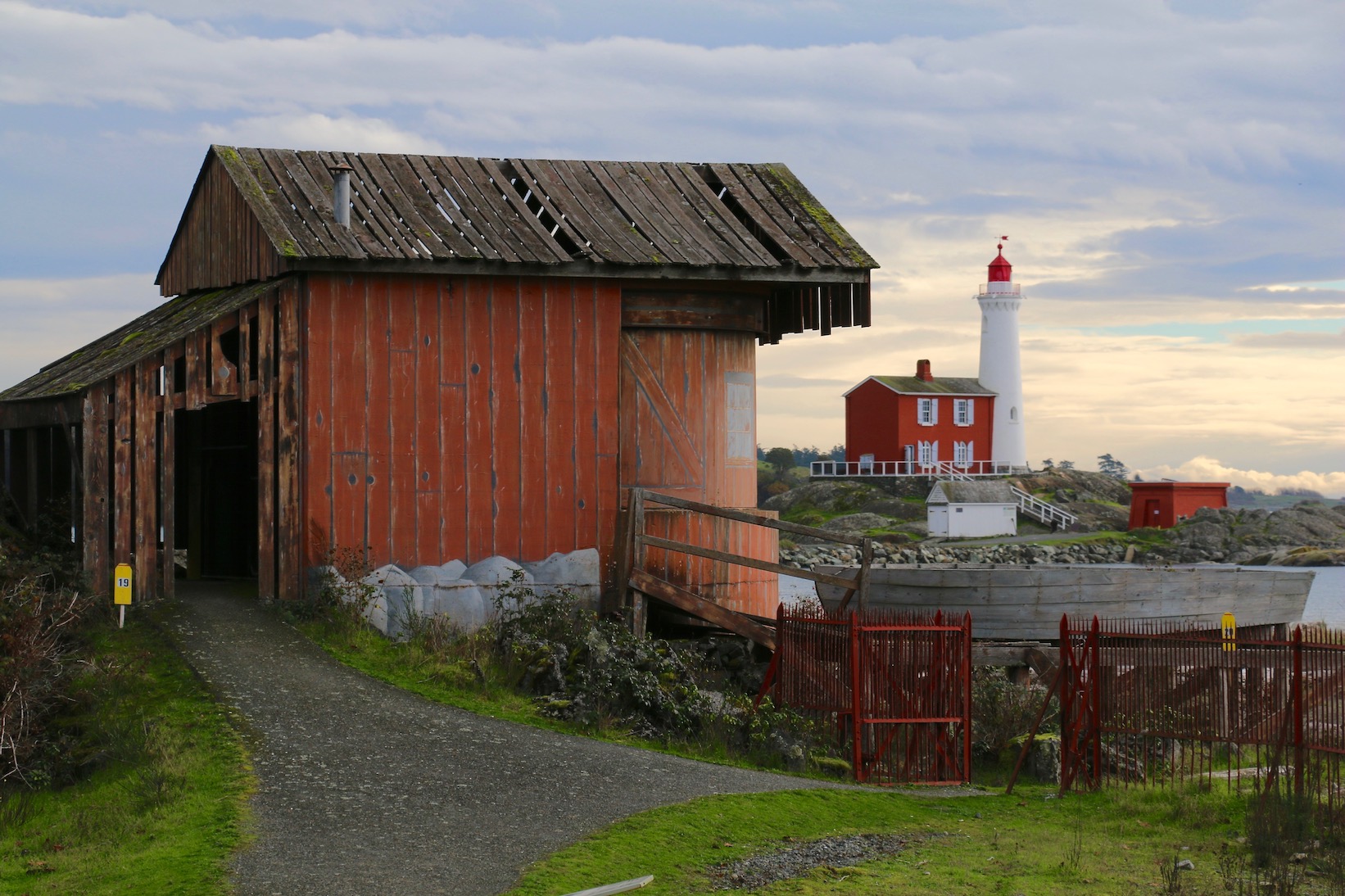























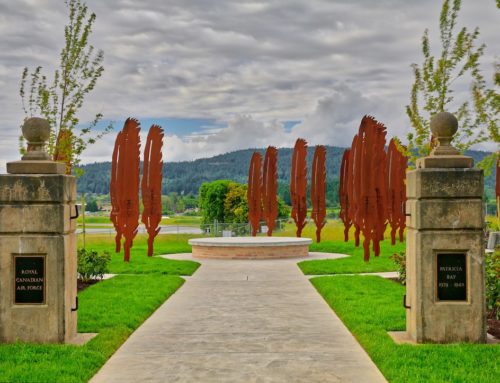
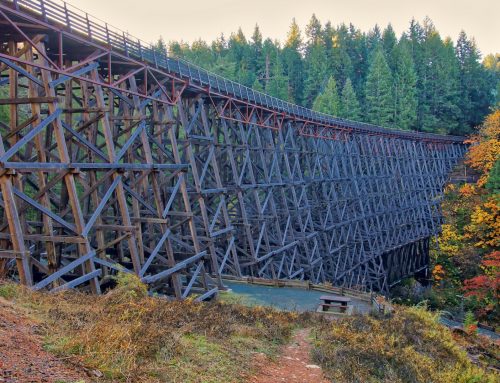
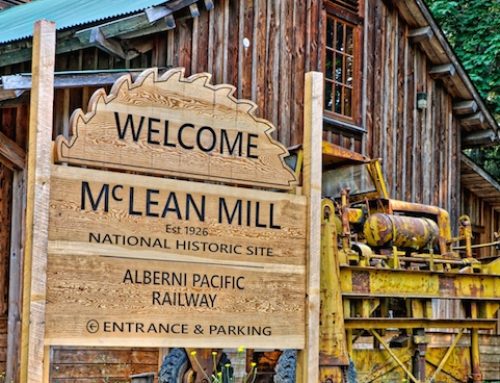
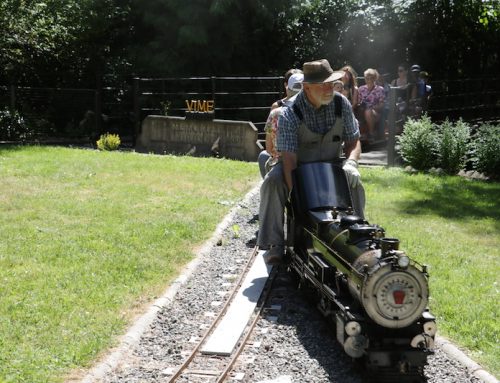
[…] Rodd Hill and Fisgard Lighthouse – Fort Rodd Hill coastal artillery, situated at the mouth of the Esquimalt Harbour, was built by the British in the […]